Home>Articles>How High Does A Fence Need To Be To Keep Deer Out


Articles
How High Does A Fence Need To Be To Keep Deer Out
Modified: February 23, 2024
Get expert articles on determining the perfect height for a deer-proof fence. Don't let those pesky deer ruin your garden!
(Many of the links in this article redirect to a specific reviewed product. Your purchase of these products through affiliate links helps to generate commission for Storables.com, at no extra cost. Learn more)
Introduction
Deer, with their picturesque grace and gentle demeanor, are a welcome sight in many residential areas and natural landscapes. However, their presence can also cause significant damage to gardens, crops, and even pose a threat to road safety. In order to protect your property and maintain a safe environment, it is important to take measures to keep deer out.
One of the most effective ways to prevent deer from encroaching on your property is by installing a fence. However, not just any fence will do. The height of the fence plays a crucial role in deterring deer from jumping over and gaining access to your property. But how high does a fence need to be to keep deer out?
In this article, we will explore the behavior of deer, the factors to consider when choosing fence height, the minimum recommended fence height for deer prevention, and alternative options to traditional fencing. By the end, you will have a clear understanding of what it takes to effectively keep deer at bay and protect your property.
Key Takeaways:
- When it comes to keeping deer out, an 8-foot fence is generally recommended as a minimum height. However, factors like deer population, landscape, and attractive food sources should also be considered for optimal protection.
- In addition to traditional fencing, alternative methods such as electric fencing, repellents, plant selection, and double fencing can provide effective deer control. Understanding deer behavior and motivations is key to choosing the right deterrent.
Read more: How High A Fence To Keep Rabbits Out
Understanding the Behavior of Deer
Before we dive into the specifics of fence height, it is important to understand the behavior of deer and why they might try to invade your property. Deer are herbivorous animals that are known for their ability to jump high and clear obstacles in their paths. They are highly adaptable and can thrive in both rural and suburban environments.
Deer are primarily motivated by three main factors: food, shelter, and safety. They are constantly on the lookout for sources of food, which typically includes vegetable gardens, fruit trees, and tender shrubs. Additionally, deer seek shelter in densely vegetated areas where they can hide and feel protected. Lastly, deer are cautious animals and are always on the alert for potential threats.
When it comes to fences, deer are most likely to attempt to cross if there are attractive food sources on the other side or if they feel threatened. They have the ability to clear heights of up to 8 feet if motivated enough. However, they are less likely to attempt such a jump if the fence poses a significant obstacle or if there are easier alternatives nearby.
Understanding these key factors in the behavior of deer will help us in determining the appropriate fence height to effectively deter them from entering your property.
Factors to Consider When Choosing Fence Height
When determining the height of a fence to keep deer out, there are several important factors that need to be taken into consideration. These factors will help ensure that the fence is an effective barrier and prevents deer from accessing your property. Here are the key factors to consider:
- Deer population: The density of deer population in your area will play a significant role in determining the height of the fence. If you live in an area with a high deer population, it is advisable to choose a higher fence to create a stronger deterrent.
- Surrounding landscape: Assess the surrounding landscape for potential jumping-off points for deer. If there are nearby slopes, logs, or structures that could assist deer in clearing the fence, you may need to consider a higher fence to compensate for these factors.
- Attractive food sources: If you have attractive food sources in your yard, such as a vegetable garden or fruit trees, it is essential to take them into account when determining fence height. Deer are more motivated to overcome obstacles if there are desirable food sources on the other side.
- Neighboring properties: Evaluate the fencing in neighboring properties to ensure that there are no gaps or low sections that could allow deer to enter your property. The height of your fence should be consistent with the surrounding fencing to maintain a cohesive barrier.
- Security and safety: Consider any security or safety concerns when determining fence height. If deer pose a significant threat to road safety in your area, a taller fence may be necessary to prevent them from encroaching onto roads.
By carefully considering these factors, you can make an informed decision on the appropriate fence height to effectively deter deer from entering your property. Keep in mind that it is always better to err on the side of caution and choose a taller fence if you are uncertain.
A fence should be at least 8 feet high to effectively keep deer out of an area. Additionally, adding a slanted overhang can further deter them from jumping over.
Minimum Recommended Fence Height for Deer Prevention
When it comes to keeping deer out, there is a minimum recommended fence height that has proven to be effective in preventing their intrusion. While the height can vary depending on the factors mentioned earlier, a fence with a height of at least 8 feet is generally considered the minimum recommended height for deer prevention.
Deer have the ability to jump to great heights, and a fence of 8 feet can act as a strong deterrent. Their instinctual behavior is to assess the risk versus the reward when deciding whether to attempt to jump over a fence. By erecting an 8-foot fence, you significantly increase the perceived risk for deer and make it less appealing for them to attempt to clear it.
However, it is important to note that no fence is completely foolproof. Determined deer or deer that are highly motivated by attractive food sources may still attempt to jump even an 8-foot fence. In such cases, additional measures can be taken to further discourage their efforts, such as adding angled extensions or netting on top of the fence to make it even harder for them to clear.
It is worth mentioning that the height of the fence alone is not the only factor to consider. The integrity and sturdiness of the fence are equally important. A fence that is flimsy or easily scalable may not effectively deter deer, regardless of its height. Therefore, it is crucial to choose a high-quality fence material, such as sturdy wood or metal, and ensure proper installation for maximum effectiveness.
Ultimately, the minimum recommended fence height of 8 feet serves as a baseline for deer prevention. However, it is wise to assess the specific circumstances in your area, such as local deer habits and proximity to attractive food sources, to determine if a taller fence may be necessary for optimal protection.
Alternatives to Traditional Fencing
While traditional fencing is often the go-to solution for keeping deer out, there are alternative methods that can be just as effective, or even more so, depending on your specific needs and preferences. Here are some alternatives to traditional fencing:
- Electric Fencing: Electric fencing is a popular option for deer control. It works by delivering a mild electric shock when deer come into contact with the fence. This shock serves as a strong deterrent and trains deer to avoid the area altogether. Electric fencing is not only effective but also more economical than traditional fencing, as it requires fewer materials.
- Repellents and Scare Devices: Various repellents and scare devices are available on the market to deter deer from entering your property. These can include noise-making devices, motion-activated sprinklers, and even predator urine. While these options may not physically prevent deer from entering, they exploit their natural instincts and make your property less appealing to them.
- Plant Selection: Another alternative is to choose plants that are less attractive to deer. Deer tend to avoid plants with strong scents, rough textures, and thorny or prickly foliage. By strategically selecting plant species that are deer-resistant, you can minimize the need for extensive fencing or additional deterrents.
- Double Fencing: Double fencing involves installing two parallel fences with a gap between them. The first fence should be at least 4 feet tall, while the second fence should be 5-6 feet tall. The gap between the fences creates a visual barrier that can confuse and discourage deer from attempting to jump over. Double fencing can be particularly effective in areas with high deer populations.
It’s important to note that while these alternatives can provide effective deer control, they may not be suitable for all situations. Factors such as local regulations, property size, and cost should be carefully considered when choosing an alternative to traditional fencing. Consulting with a professional or local agricultural extension office can help you determine the best option for your specific needs.
Ultimately, the goal is to create a deterrent that makes your property less attractive to deer, whether through physical barriers, repellents, or plant selection. By combining these alternative methods with other deer prevention strategies, you can reduce deer damage and maintain a harmonious coexistence with these remarkable creatures.
Read more: How High Does A Chicken Fence Need To Be
Conclusion
Protecting your property from deer intrusion requires careful consideration of various factors, including the behavior of deer, surrounding landscape, attractive food sources, and neighboring properties. While traditional fencing with a height of at least 8 feet is generally recommended as a deterrent, alternative methods such as electric fencing, repellents and scare devices, plant selection, and double fencing can also be effective options.
Understanding the behavior of deer, their motivations, and their ability to jump can help you make an informed decision on the appropriate fence height or alternative method to prevent their entry onto your property. Keep in mind that no solution is foolproof, and determined deer may still find a way to overcome obstacles. Regular maintenance and monitoring of your chosen strategy can help ensure its continued effectiveness.
When installing a fence, it is essential to prioritize the quality and sturdiness of the materials to create a reliable barrier. Additionally, considering local regulations, property size, and cost will help you determine the best solution for your specific needs. Consulting with professionals or local experts in deer control can provide valuable insights and guidance during the decision-making process.
By taking proactive steps to deter deer from encroaching on your property, you can protect your landscape, vegetation, and maintain a safe environment. Whether you opt for traditional fencing or explore alternative methods, the goal is to create a deterrent that limits deer damage while respecting the natural habits and behaviors of these graceful creatures.
Remember, the successful prevention of deer intrusion requires a combination of strategies and ongoing management. With careful planning and a thorough understanding of deer behavior, you can effectively keep deer at bay and enjoy the beauty of your property without the threat of damage or safety concerns.
Frequently Asked Questions about How High Does A Fence Need To Be To Keep Deer Out
Was this page helpful?
At Storables.com, we guarantee accurate and reliable information. Our content, validated by Expert Board Contributors, is crafted following stringent Editorial Policies. We're committed to providing you with well-researched, expert-backed insights for all your informational needs.
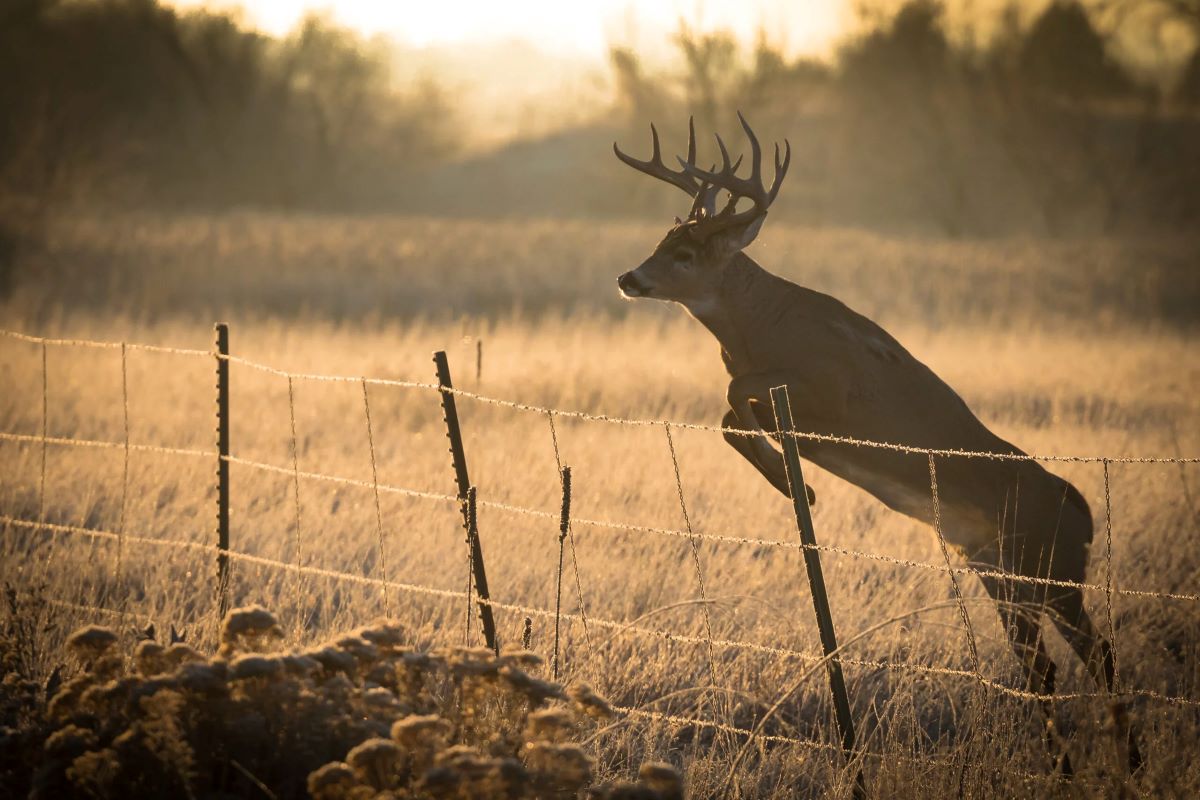


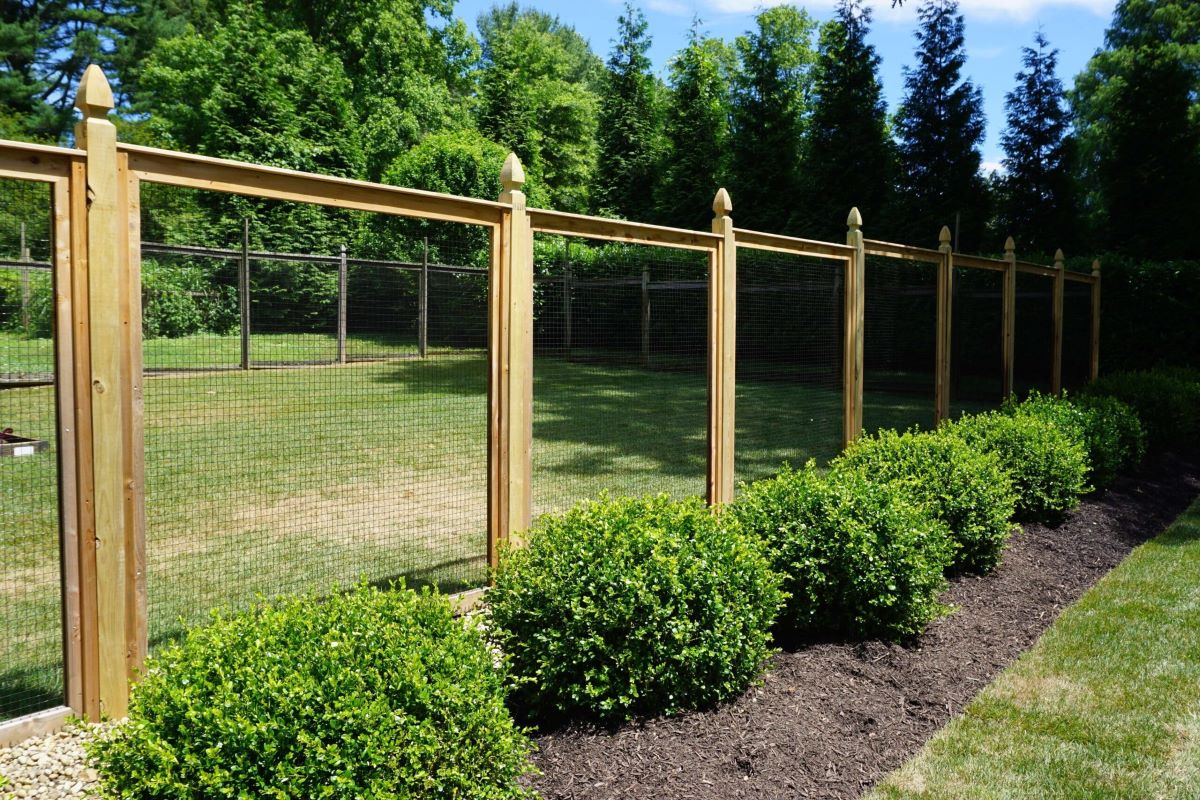

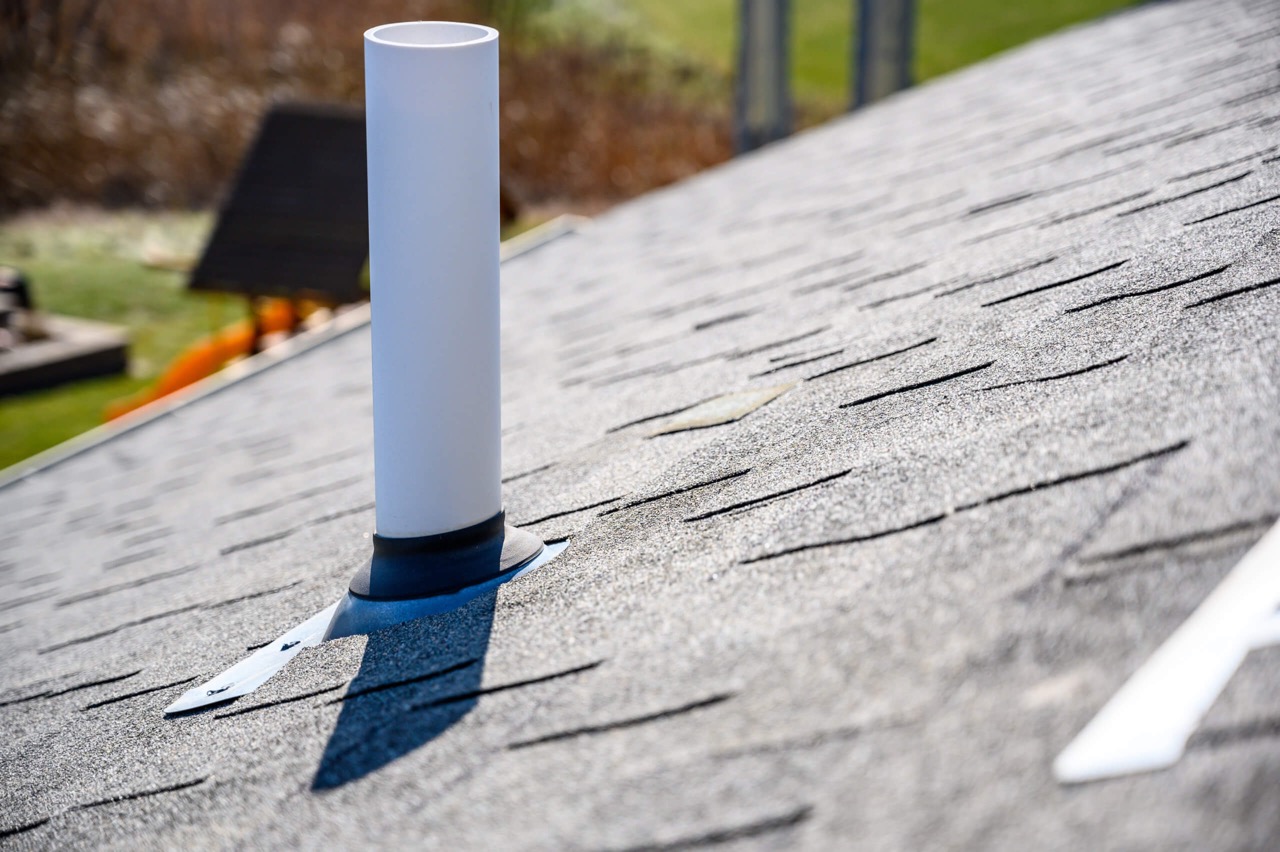
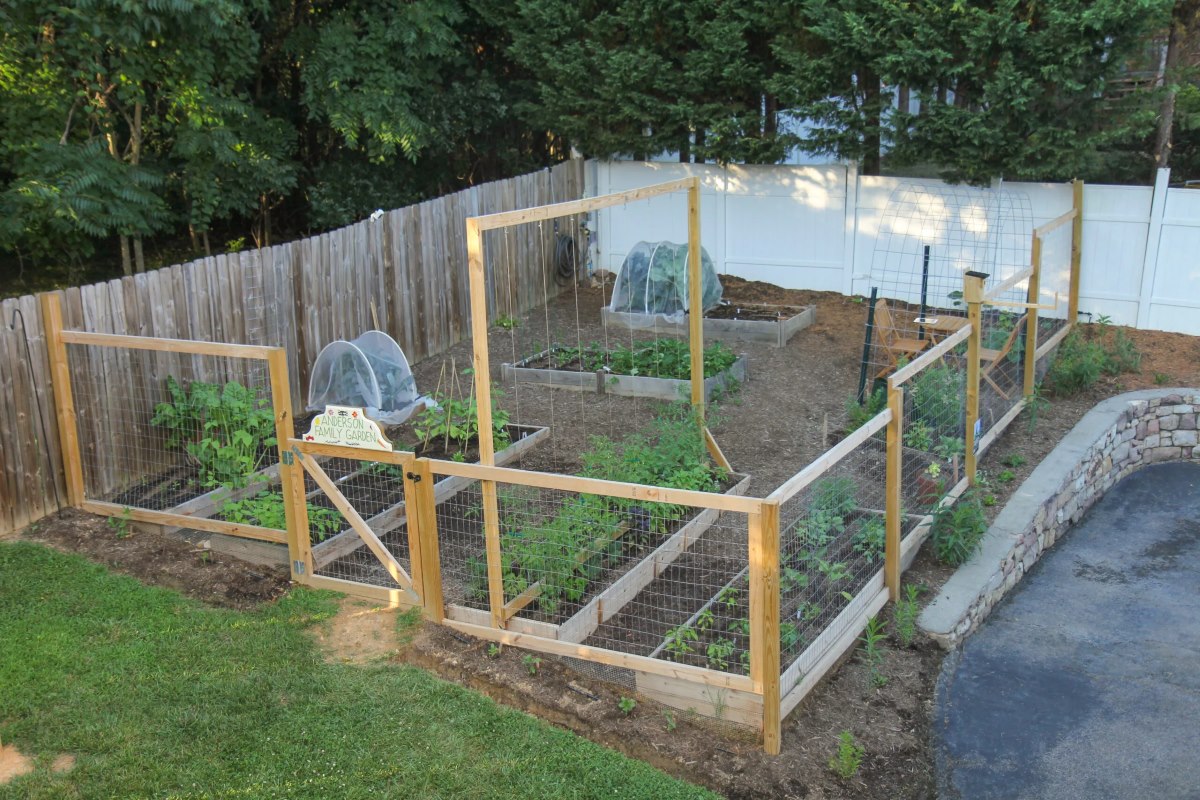
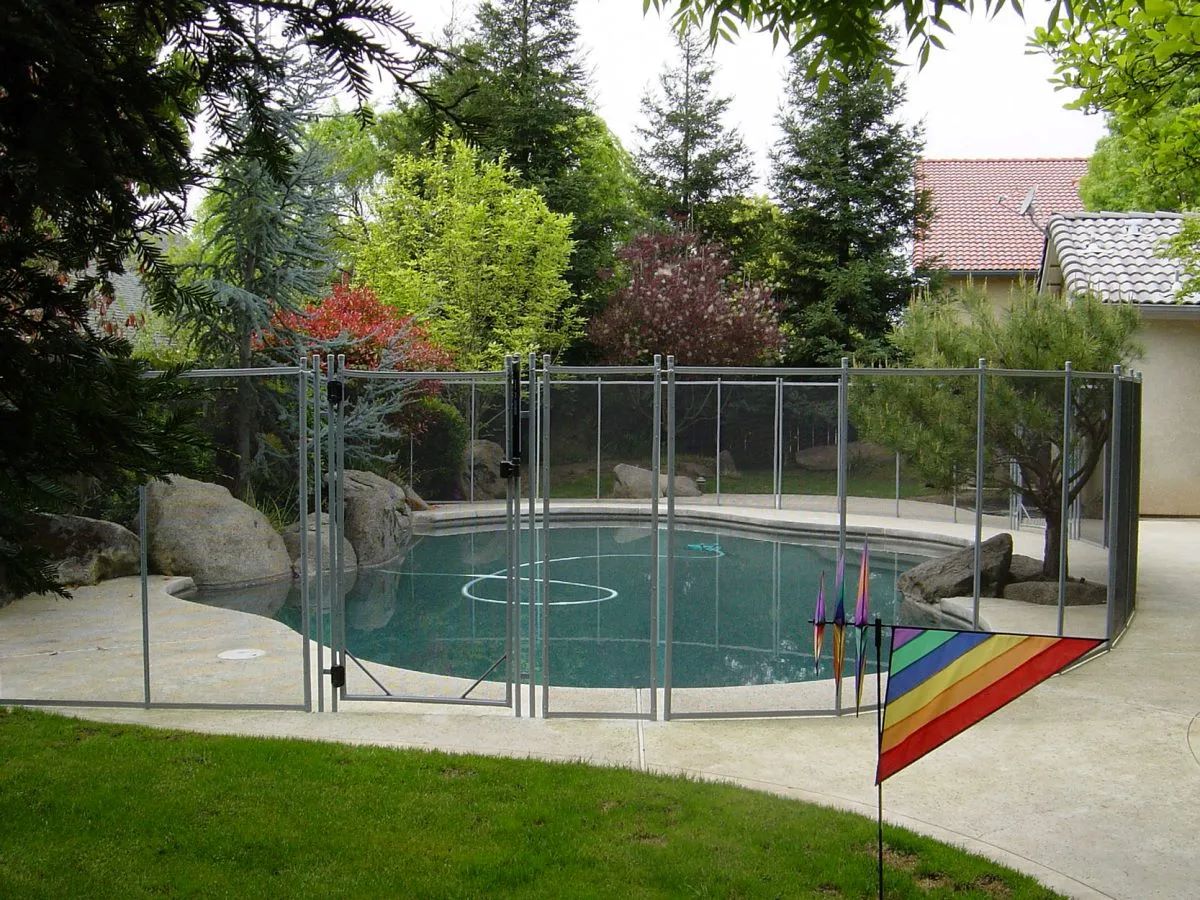


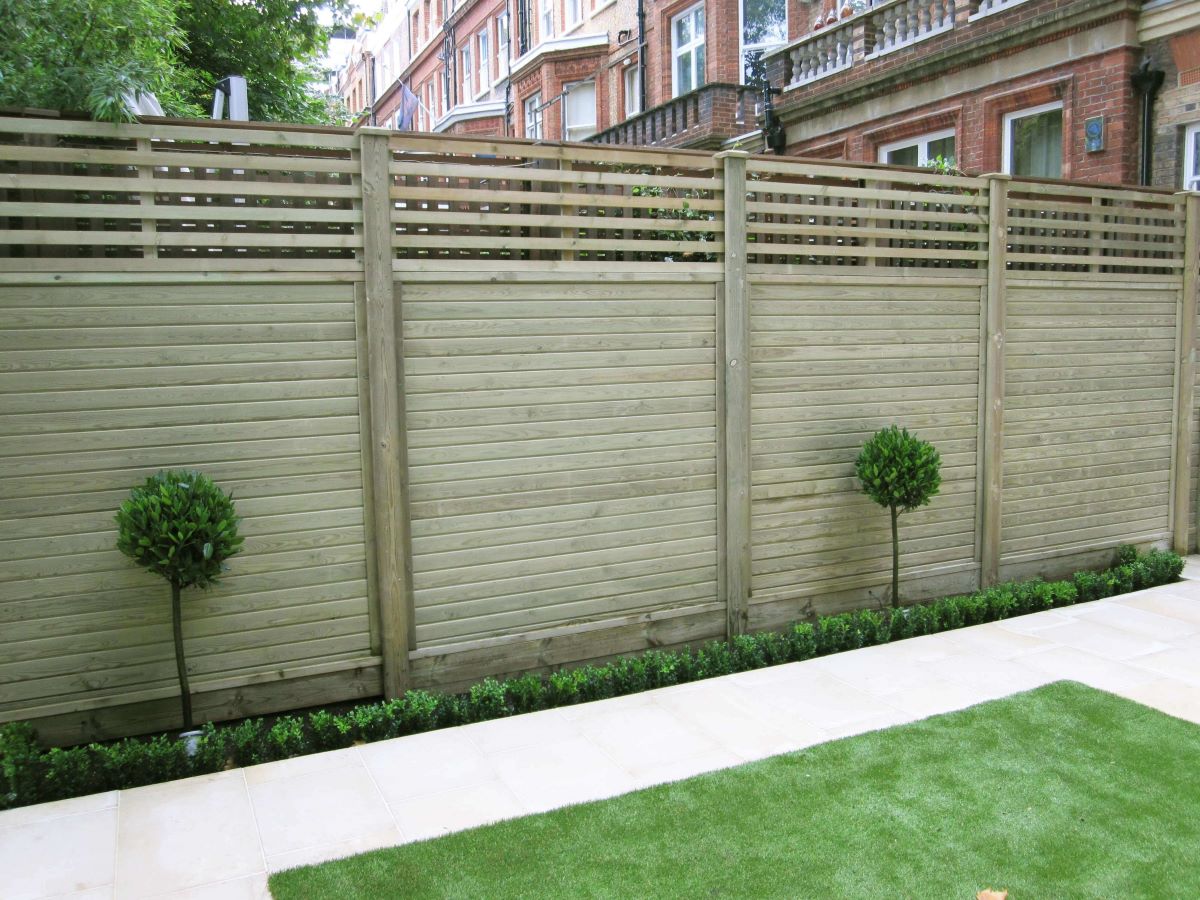
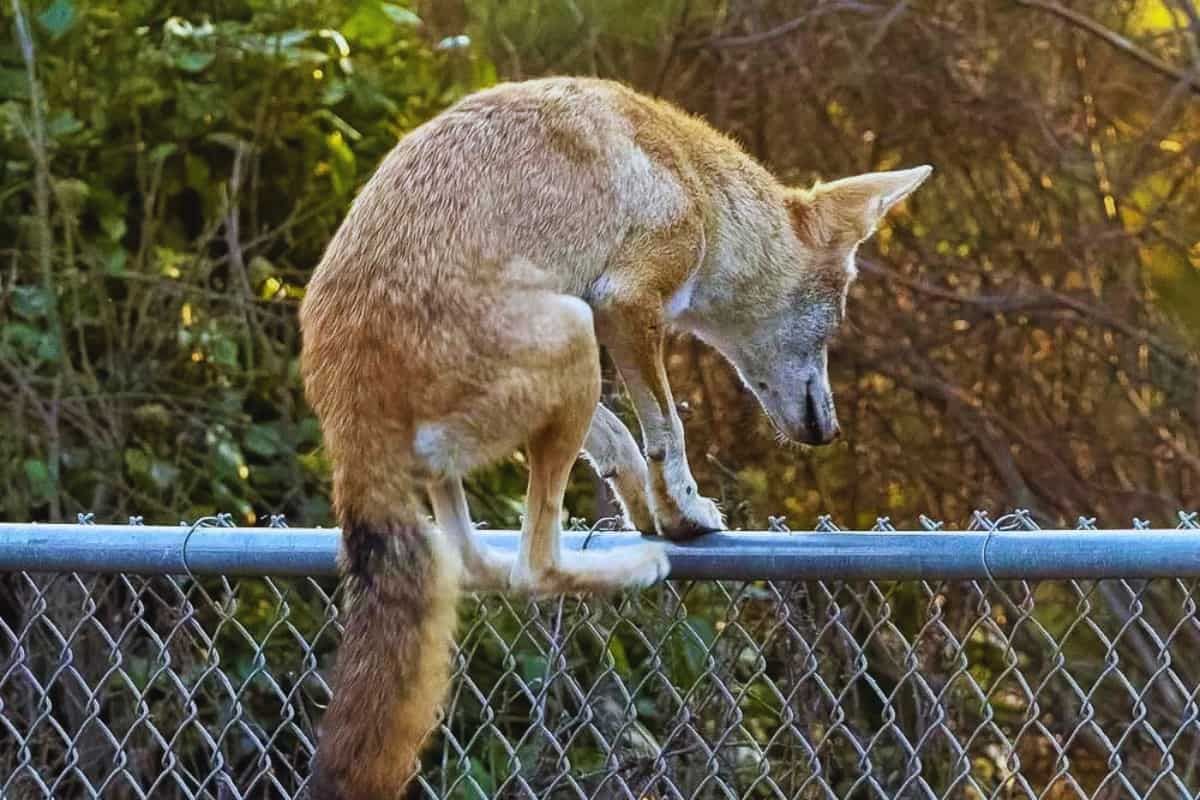
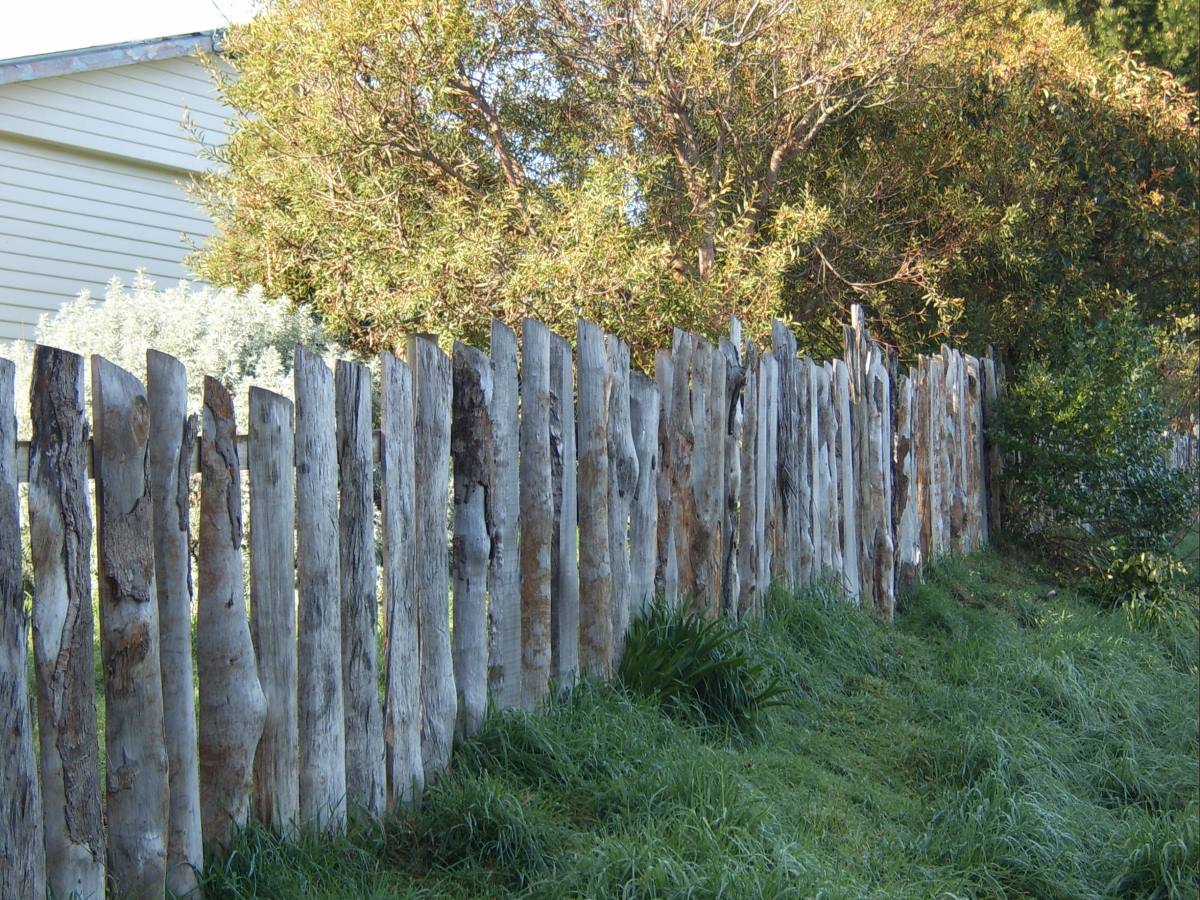
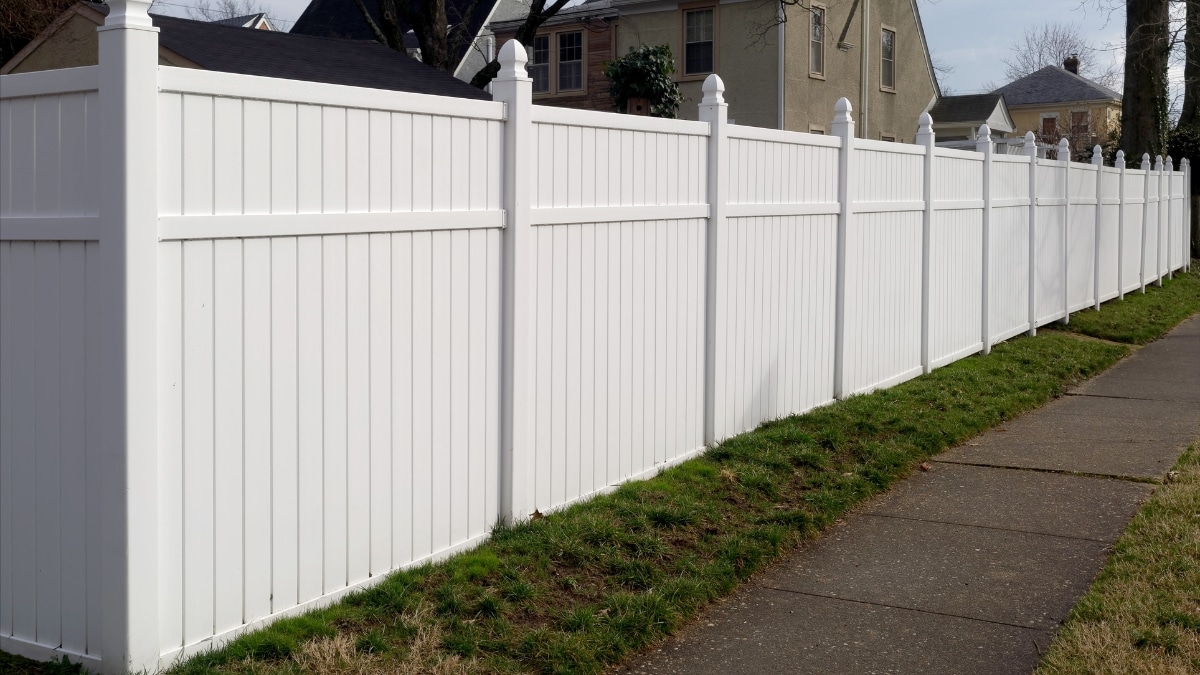

0 thoughts on “How High Does A Fence Need To Be To Keep Deer Out”